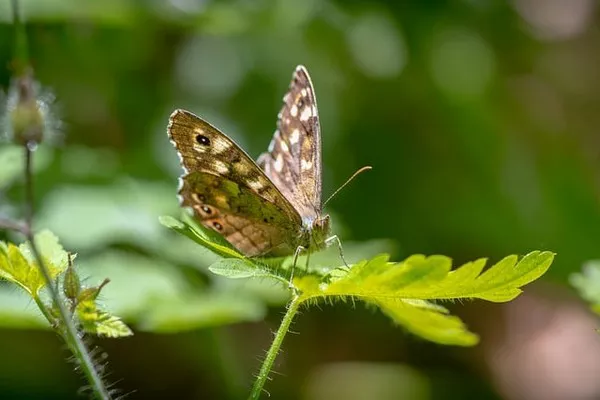Zeeland, Netherlands – Researchers have successfully transformed old pear trees into artificial reefs and submerged them in the Wadden Sea, located in the Netherlands, to assess their ability to attract marine biodiversity. The findings revealed that these tree reefs rapidly attracted a diverse range of marine life, including sessile organisms like barnacles and mobile species such as fish and crabs. This innovative approach has the potential to be replicated in various temperate regions worldwide, offering a sustainable method to enhance marine biodiversity.
The idea for repurposing pear trees into artificial reefs emerged from Tjeerd Bouma, a coastal ecologist at the Royal Netherlands Institute for Sea Research (NIOZ), as he observed pear and apple orchards during his daily bike commute in Zeeland province. He recognized that these trees, which have a limited lifespan in orchards and are often discarded after reaching a certain age, possessed the structural complexity required for artificial reefs and could biodegrade over time.
Jon Dickson, a researcher at NIOZ specializing in artificial reefs and marine environmental restoration, supported Bouma’s idea. Dickson noted that throughout history, wood has naturally entered the oceans, contributing to marine ecosystems’ vitality. However, human modifications to coastlines have disrupted this natural flow of wood into the seas in many parts of the world. In particular, the Wadden Sea experienced sand covering and the removal of naturally hard substrates.
In a study led by Dickson and published in Frontiers in Marine Science, researchers investigated the feasibility of using pear trees as artificial reefs and their ability to attract marine biodiversity. They constructed 32 pyramid-shaped “tree reefs” composed of six interconnected short-stemmed pear trees. These tree reefs were transported to the waters between the Dutch barrier islands of Texel and Vlieland and anchored to the sandy seabed using concrete feet.
After four months, the researchers raised the tree reefs to examine the sessile organisms inhabiting them, finding 15 species, including barnacles, bryozoans, anemones, tunicates, and algae. The tree reefs were then lowered back into the water, accompanied by fish traps. After 24 hours, the traps yielded crabs, shrimps, prawns, and several fish species.
The speed at which marine life colonized the tree reefs exceeded the researchers’ expectations, with a profusion of life appearing within four months. The researchers subsequently documented an even greater variety of marine life on the tree reefs after 16 months.
Dickson believes that these pear tree reefs could persist in the Wadden Sea for 15 to 20 years, or potentially up to 50-75 years with a more optimistic outlook. He envisions the use of felled trees as artificial reefs to kick-start the formation of natural reefs, which can continue to grow and support marine life over time.
While the use of felled trees as artificial reefs is not widespread, small-scale initiatives have been attempted in various regions. The potential environmental benefits, low cost, and sustainability of this approach make it an appealing option for enhancing marine biodiversity.
Timothy Baxter, a scientist at the University of Oxford, commended the study for its innovative technique and potential to increase marine biodiversity in areas where hard substrates have been depleted. He suggested that future research should explore the long-term effects and scalability of using felled pear trees as artificial reefs.
In conclusion, the repurposing of old pear trees into artificial reefs offers a promising solution to enhance marine biodiversity and restore degraded coastal environments. This approach aligns with efforts to protect marine ecosystems in the face of increasing coastal development and climate change threats.


